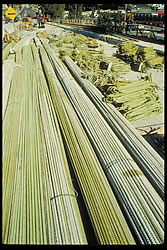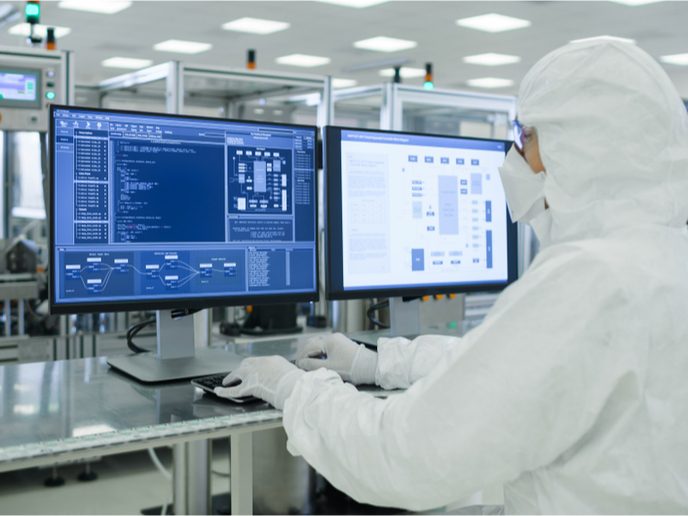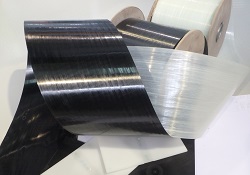Development of steel strip width model control
The basic objectives for the models required the establishment of the relationship between non-linear parameters and high dimensional data from steel manufacturing operations. The result was a model that included advanced methods for a dedicated data sorting algorithm and a noise process data method for checking plausibility. The basis to the model was a software tool was based on the Self-Organising Map (SOM) toolbox. This was then combined with the SCC, which resulted in widely adaptable models that are physically plausible and allow for exploitation. Thus the models will be able to be configured for various steel mills with different roughing train configurations and pass schedules. In order to achieve this, the SOM algorithm computes the mapping of high dimensional data by basic pre-processing, training and visualisation routines. It functions by taking high dimensional data and converting it into simple geometric states, and then the computer models describe the actual observations. Previous experiments have shown that long term on line applications operating with numerous neural networks offer significant improvement in the pre-calculation of roll forces in the finishing mill. New features within this SSC are robust controller commissioning procedures, various rolling technological constraints and pass schedule independence. This SSC system has already been implemented at Rautarruukki Raahe rolling mill, and included the existing roughing mill automation process control system. From the results obtained the rolling mill process demonstrated that control accuracy was in actual fact less than the experimental models. However, it is believed the true potential of this width control model will be realised following implementation into an up-to-date rolling mill.







